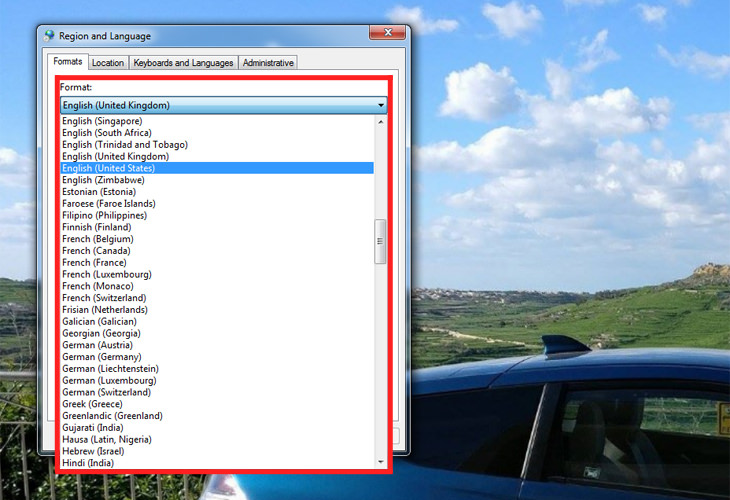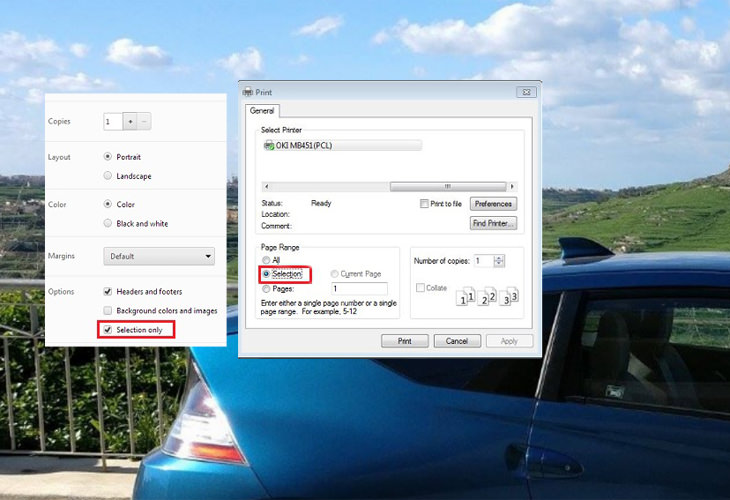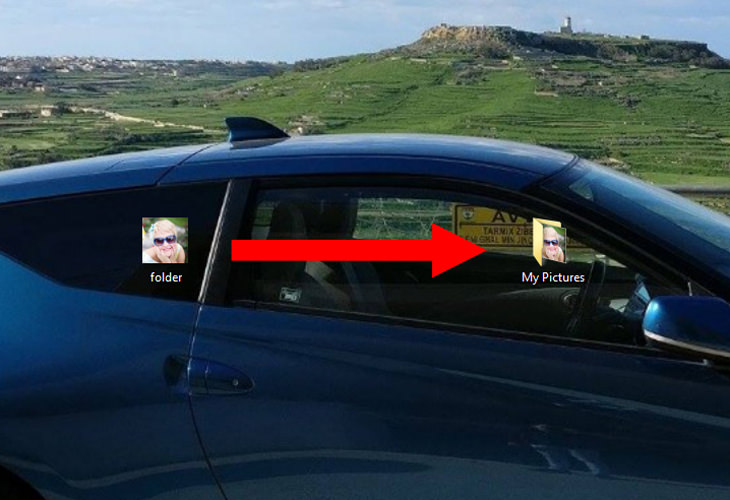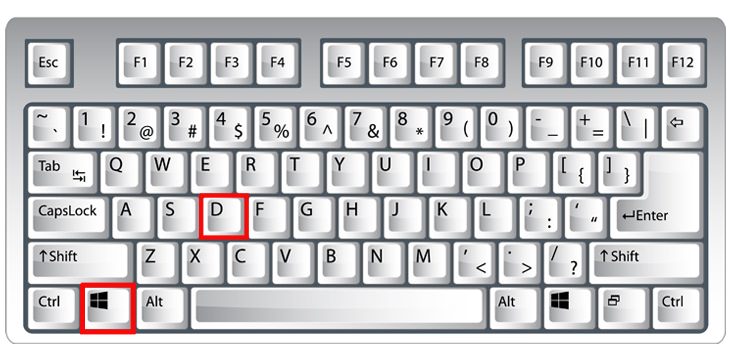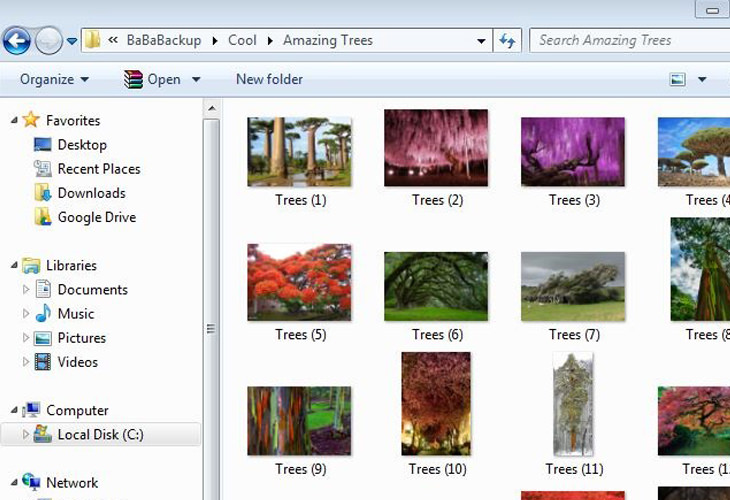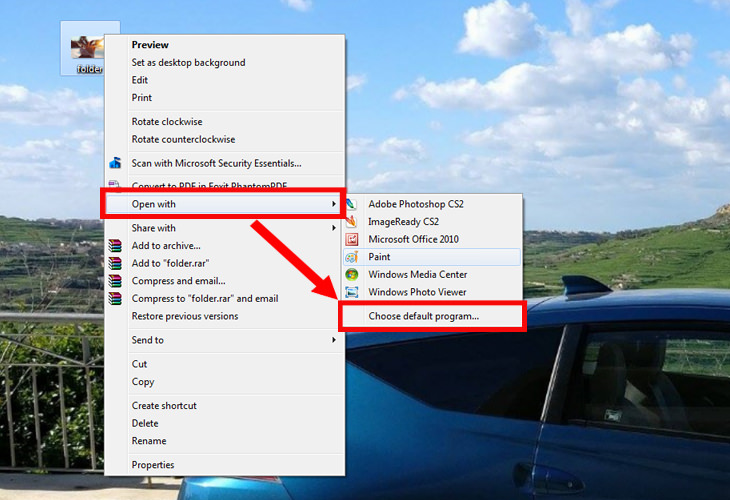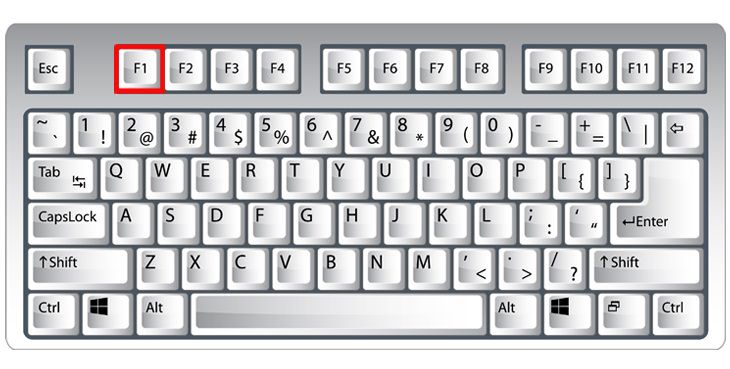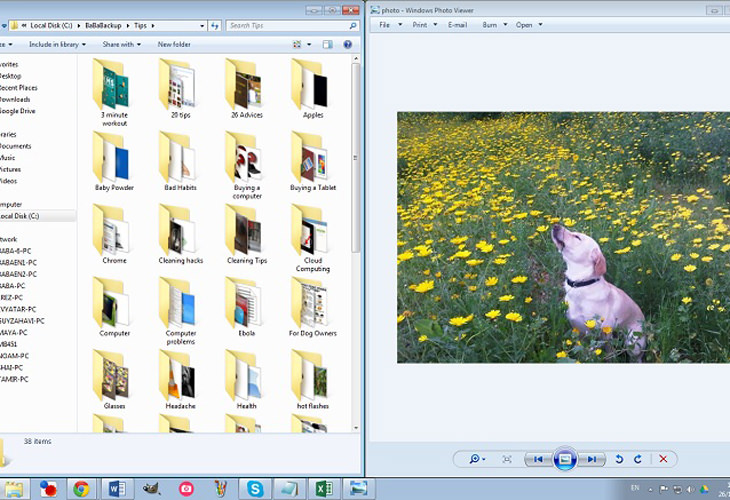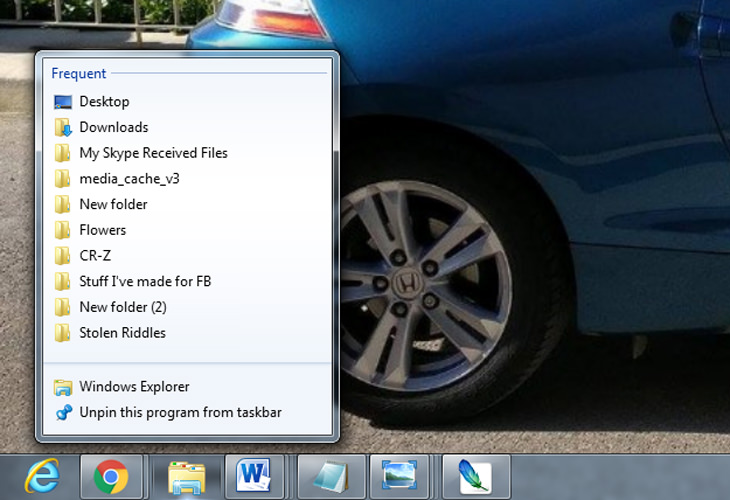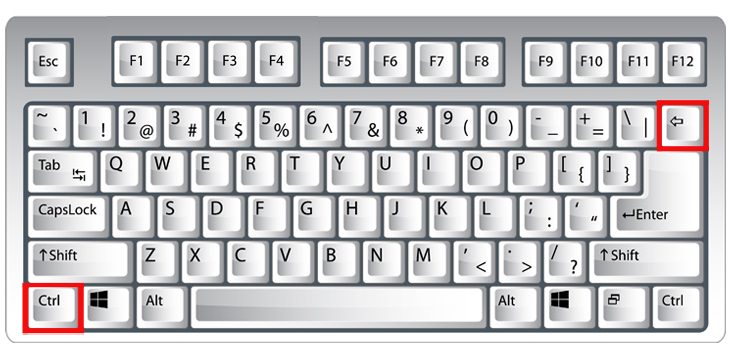1. Quickly get to the relevant item on a scrollable list
Windows will sometimes give you a selection menu with many options, requiring you to scroll up or down until you find the correct option.
a. To get to the relevant choice quickly, open up the list and then click the letter on the keyboard that corresponds to the first letter of the option you want to choose.
b. The selection bar will move to the first option with that letter, saving you the scrolling time (which can take a while).
Example: If you’re trying to change the language to Spanish like in the picture below, click “E” (Español).
2. Print only what you want
If you find a great recipe, a funny joke, or an interesting article that you want to print, but you don’t want to print the whole page - just a specific part - what you do is:
a. Use the mouse to highlight the text you want to print.
b. Go to “File” and select “Print”, or use the Ctrl + P shortcut.
c. In the relevant window, select “Print Selection”.
3. Change the folder icon into a picture you want
Are all the folders in your computer a mess? Can’t always find what you want quickly because they all look alike? You can avoid that by assigning a picture to a relevant folder:
a. Get the image you want to use as the folder’s default image.
b. Place it in the folder.
c. Click the image once and let the name be highlighted in blue.
d. Click on the F2 key, then rename the file as “folder”.
4. Get to the desktop quickly
If you have a lot of open windows, but you need to get to the desktop quickly, you can do it with a single action:
a. Hold the “win” key and press the “D” key.
5. Rename many files simultaneously
If you have a big photo folder that you want to rename to a uniform name together with a number, this is the way to do it:
a. Mark all the files by holding “Ctrl” and “A”.
b. Click on the “F2” key.
c. Input your desired name and hit the “Enter” key.
6. Choose a default program to run certain files
Sometimes, when you install a new program, it “takes over” certain kinds of files, making a mess of your routine. There’s a quick and simple way to resolve that:
a. Find the file you want to attribute to a particular program.
b. Right-click on that file.
c. Hover with the pointer over “Open with”.
d. In the new sub-menu, select “Choose default program…”
e. A new window will pop up, and you’ll be able to select the program you want from a list.
7. Quick access to the “Help” menu
Simply click on the “F1” key – this will launch the help menu for the program you’re running.
8. Use two programs, side by side
Windows allows you to run two programs side by side with ease:
a. Use the mouse to click and drag the first program-window all the way to one side of the screen.
b. Do the same with the other program, but drag it to the other side.
c. If you want to maximize a window, simply drag it to the top of the screen.
9. Open a recently used file (Windows 7 and above)
Want to see the last files/folders that were accessed on a certain program?
a. Launch a program
b. Hover the mouse over the program’s bar in the task bar
c. Right-click on the program
d. The list you see is the files/folders recently accessed in that program.
10. Minimize all windows
There’s a “secret” button in Windows 7 and above that allows you to minimize all the windows at once.
a. Move the mouse to the lower right side of the screen.
b. Click on the highlighted section to minimize all the windows and go back to the desktop.
11. Delete whole words in a word processor
When you use the backspace key, you delete one character at a time, but you can delete whole words instead:
a. Click and hold the “Ctrl” key.
b. Now, clicking the backspace key will delete whole words.
c. If you hold the “Ctrl” key and use the arrow keys, you’ll move between words, not just letters.

